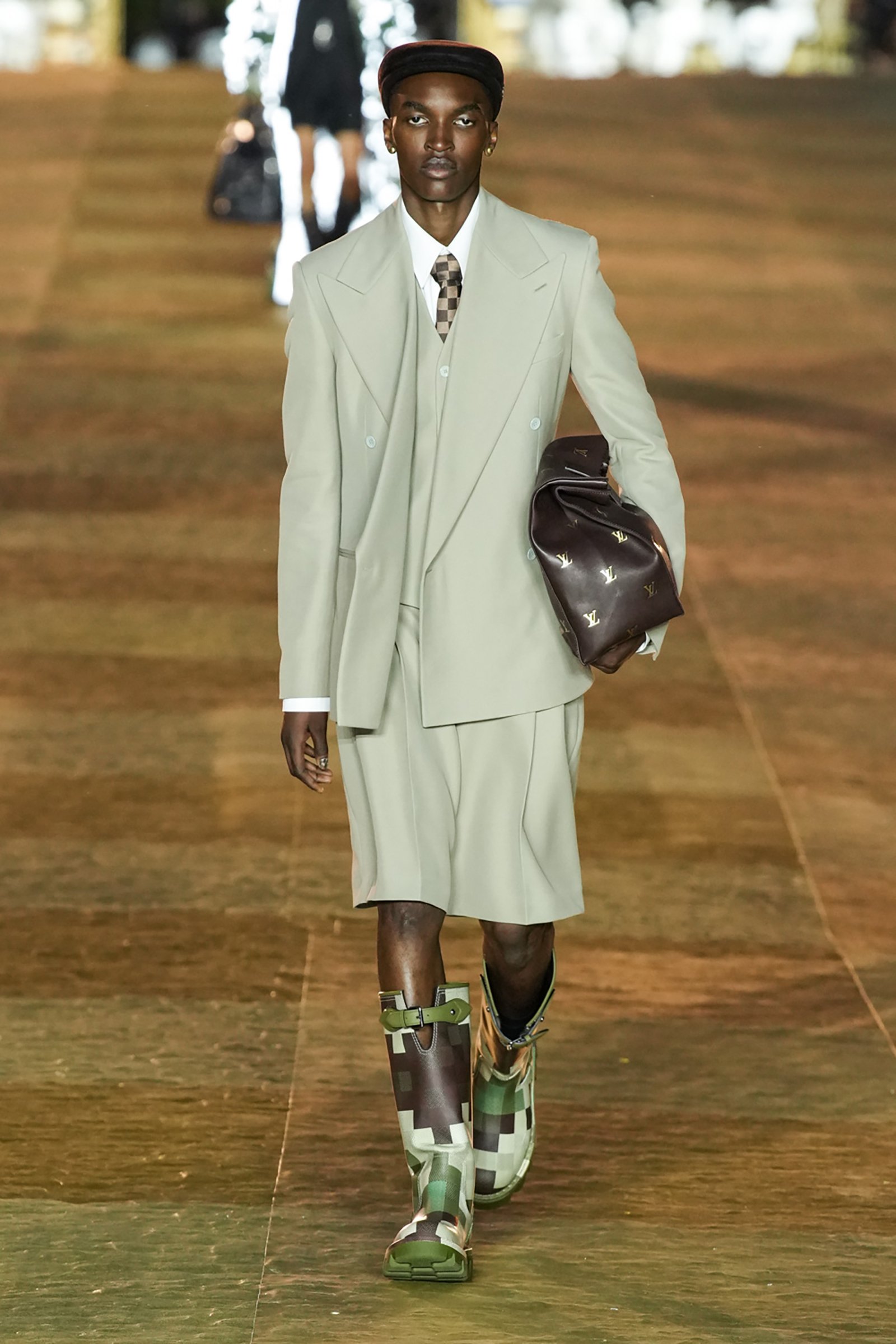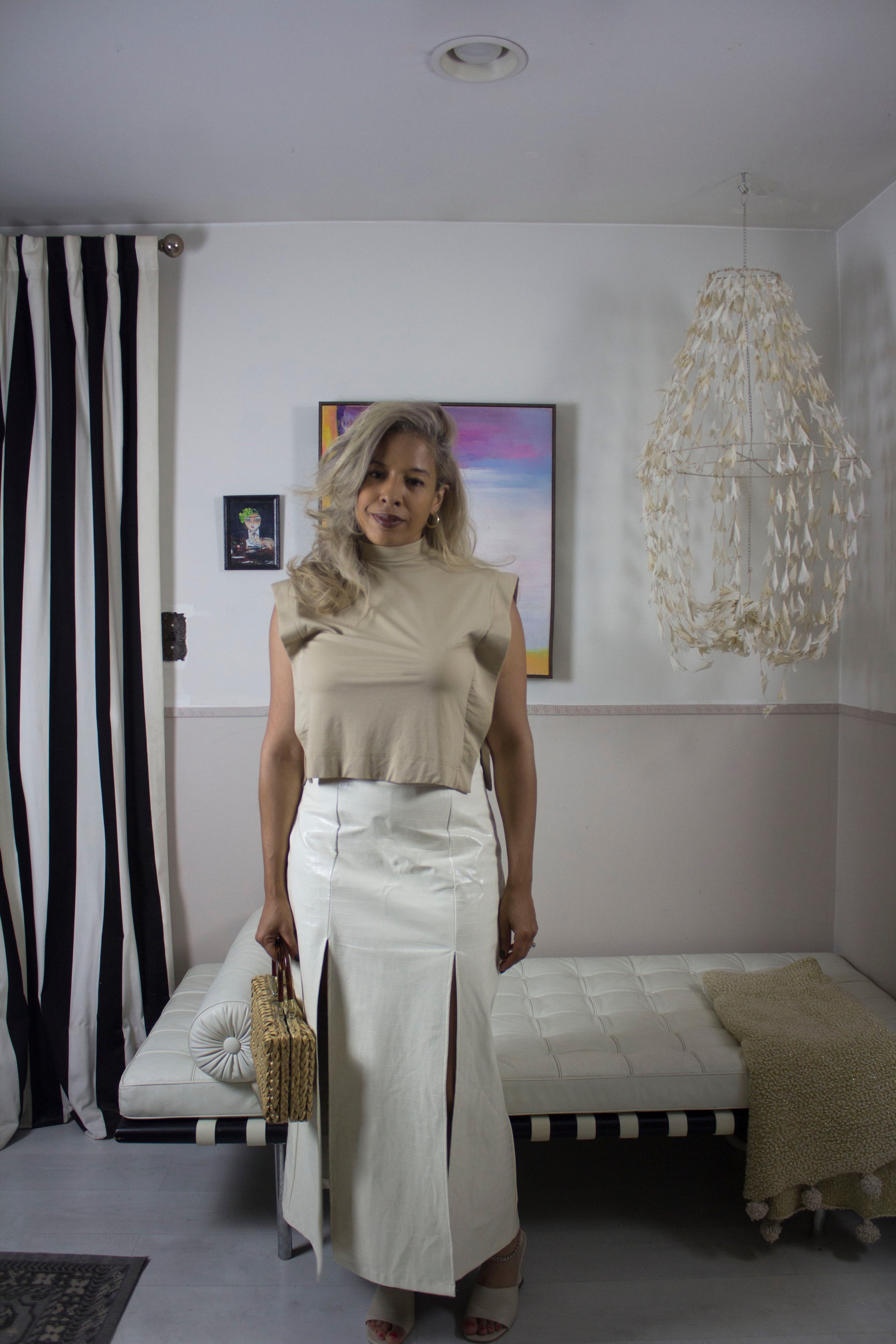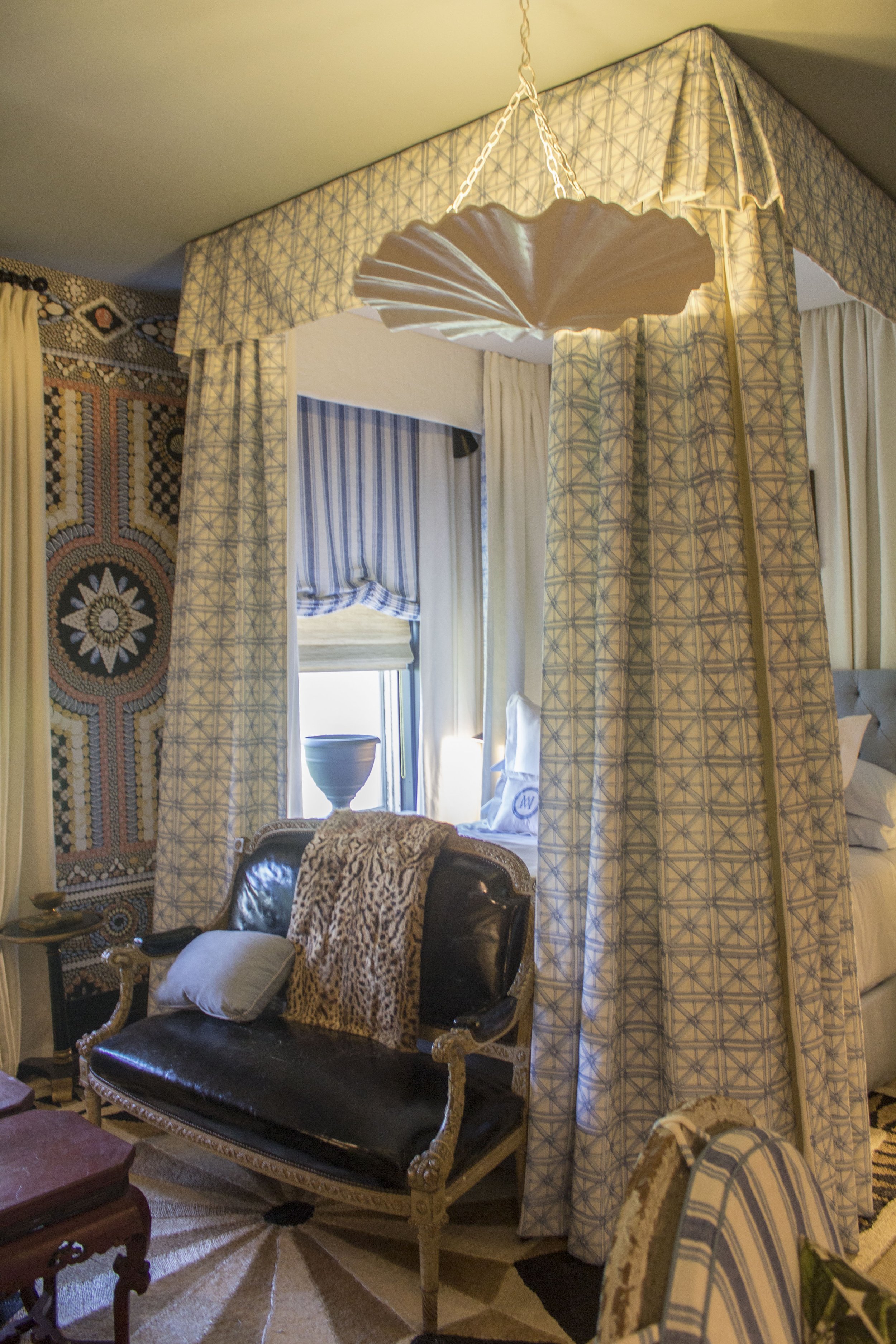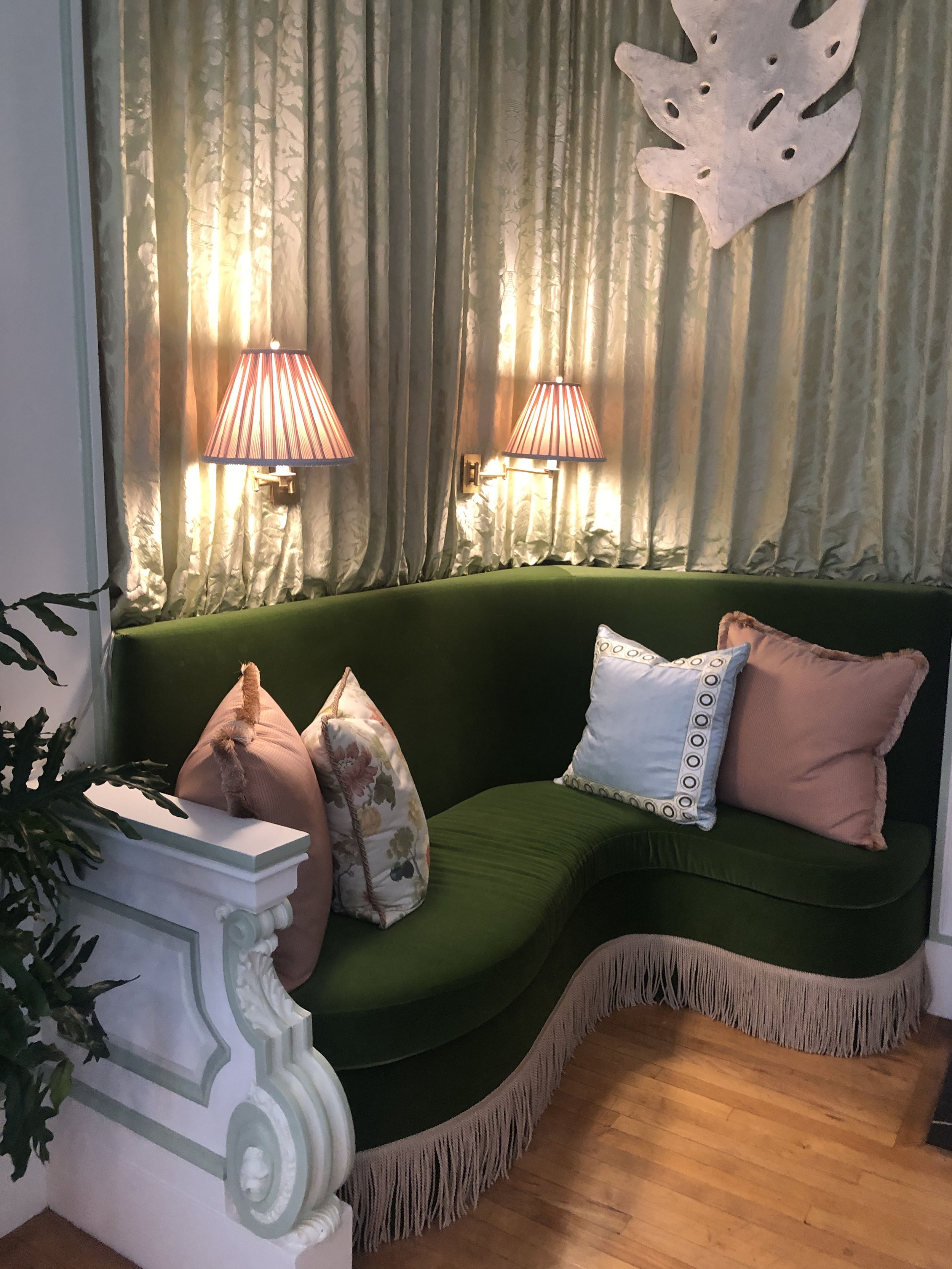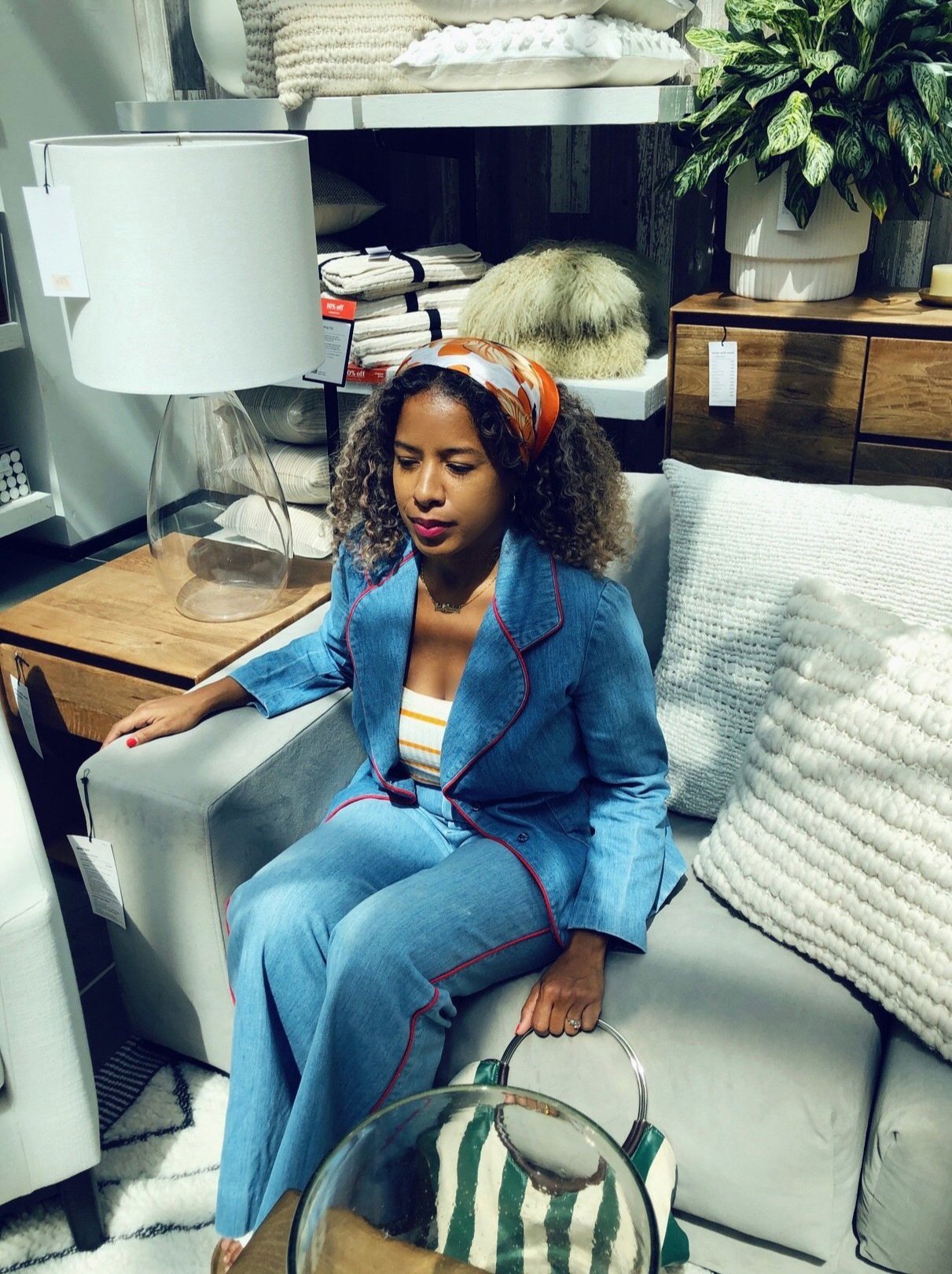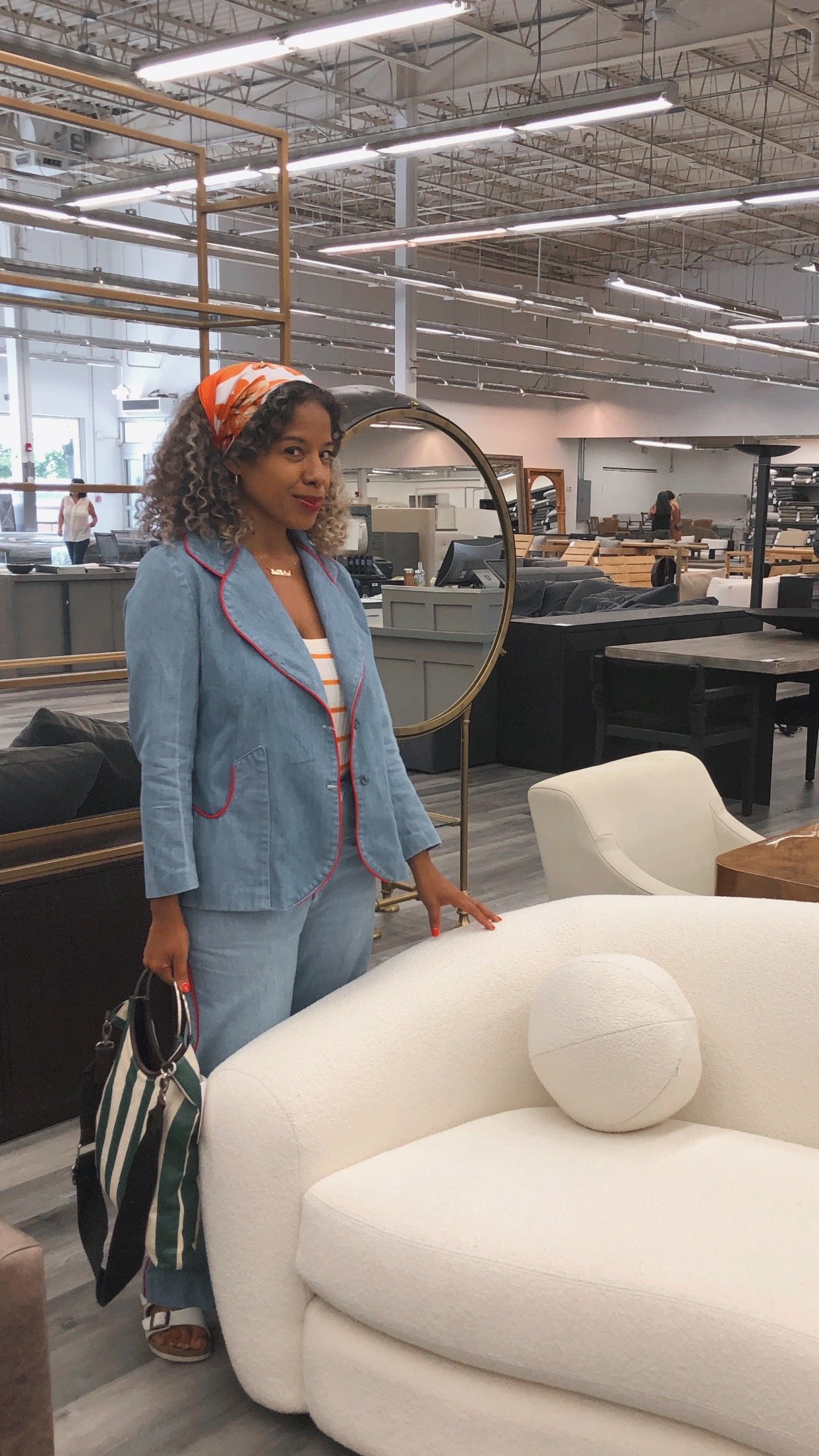What Luxury Fashion Can Teach Us About Creating Our Ideal Wardrobe
/image via vogue
We typically associate luxury fashion with status; and it’s impactful enough to affect us and the way others react to us. According to the concept of enclothed cognition, clothing affects the way we process information when we are wearing something that has symbolic meaning for us. And if you’ve worn a luxury item, you may know what it’s like to take on the characteristics, positive or negative, of what you think it means to wear it. Luxury fashion also sends a message to others that may cause them to make judgements and inferences about us. According to a 2011 study in Evolution and Human Behavior, people tend to treat a person who wears a luxury fashion item “more favorably” than when the person is not wearing one. While it’s tempting to judge these people, how many times have we responded to a piece of clothing differently when we realized it was a brand we admire?
Brands are powerful, and rely on brand schemas (i.e., a script or framework that epitomizes the meaning of the brand for consumers) to solidify their reputation with us. Notably, as indicated in a 2021 paper presented at the International Science and Art Research Center, “brands reach out to their customers’ self-images by offering products that symbolize the lifestyles they have or would like to have and thus establish emotional bonds with them.” In other words, brands have mastered the art of creating stories we connect with and buy into.
Likewise, our desire for human connection is also powerful. While some of us have a healthy desire for relationship, others struggle with validation and may over-rely on symbols like luxury items to get it. Notably, studies show that those who are high in self-consciousness are more likely to judge others by their appearance as they judge themselves by the same standard. So if people respond to you more favorably when you are wearing a luxury item, don’t judge too harshly, they may be great people, just influenced by brand schemas and struggling with insecurities like the rest of us.
Image via Julia Marino for Vogue
Nevertheless, our perception of luxury varies and depends on a number of factors like our socioeconomic status, our cultural context, our lifestyle, and our sensibilities. Pharell Williams, the newest creative director of Louis Vuitton menswear, told Vogue luxury is “convenience.” This is a very even-tempered approach to luxury; evokes images of comfort and ease; and is embodied in his line. For LV’s spring/summer menswear 2024 line, models flounced down the runway in oversized, relaxed proportions embellished with classic Damier patterns, and Williams’ signature “damouflage” print (i.e., a mix of Damier and camouflage).
While we may be quick to say those in the upper echelons of society can afford ease, part of the reason luxury brands are expensive is because of the brand’s image and history which isn’t directly related to price, but to the story that we’ve been told about them. Similarly, Williams’ LV brand image isn’t entirely about financial status. He asserted that his gift is to “collaborate”; and this was evident by the diversity experienced during the show. There were clear references to hip-hop and the Black experience as models strutted down the runway to the sounds of a joyous gospel choir. In this vein, Williams projects a luxury that is inclusive, something antithetical to our understanding of it. He goes on to tell Vogue. “I realize… I am not the 100 percent author of my destiny. I know that I collaborate with fate, but I’m not running the show… I have immense gratitude for this moment, and I am electrified with excitement.” Interestingly, Williams’ infuses the luxury brand with intangibles like being grateful, spreading love, and valuing creativity in unexpected places. And these intangibles are reflected in the collaborative nature of his designs. Many would say these values are hard to come by, and perhaps like the brand itself, expensive.
Image via Vogue
So whether we can afford luxury items or not, what stories do we tell ourselves about who we are in our clothes? How do we infuse our values into the way we look? What is our personal brand schema? We may not have luxury items but we can use clothes as a catalyst to create ideal versions of ourselves that makes us feel positive, isn’t dependent on validation, and makes us feel comfortable. Often when we experience gratitude and approach life from a place of humility and trust in our Creator, we can be at peace with our circumstances, excited for the future, and like Williams, have enough emotional energy to create a wonderful wardrobe. That is, we can create a wardrobe that fits in with who we are, that feels “convenient.” So if you’re looking to develop your fashion sense and create a wardrobe that works for you, consider these tips used by luxury brands.
Identify your personal brand schema
image via vogue
As mentioned above, when we see a luxury fashion item, it usually doesn’t take long to conjure up an image of well, luxury—something elevated and unattainable. So just like luxury brand schemas are quickly activated, you can develop a personal brand schema, a framework that epitomizes your ideal image, the elevated version of you. Drawing from implicit personality theory (i.e., the expectation that certain traits co-occur), our appearance communicates something to ourselves and others through symbols or salient cues (i.e., parts of an outfit that stand out). In order to determine what image you want to project, you’ll have to be attuned to the symbols that characterize your outfit. This will take a little research, as it may be helpful to identify the images of others that appeal to you, and then figure out what about it resonates. This will help solidify an image that works for you. If you want to know more about developing a personal brand schema, I talk all about it in my Skillshare class.
Curate a wardrobe that suits the lifestyle(s) you want to lead
Image via Vogue
Luxury fashion brands do a good job of creating lifestyle through clothing and accessories. When you see a LV bag, you associate it with “women who lunch”, or people who have access to resources. Similarly, you can develop a lifestyle story with your clothing that helps to solidify your personal brand schema and dictate the contents of your wardrobe. This involves re-organizing your wardrobe to make sure it only includes pieces that contribute to your overall personal brand schema. Set a time to do a closet cleanse, and give away any piece of clothing you no longer wear or does not suit the image you want to project. Then assess all the clothes you have left, be certain they suit the activities you will be doing as you move forward with the life you desire (if not, give those away too), and see what more you need to complete your wardrobe.
Make sure each outfit is consistent with the image you desire for yourself.
Image via vogue
It would be odd to see an ad for a luxury item that didn’t match the image we associated with it. It may even hurt the image and lower it’s status. Thus, for the luxury item to maintain its status, the branding must be consistent. Similarly, whenever you assemble outfits, be clear on the image or personal brand schema you are projecting. If you have difficulty doing so, consider the message you want to send to others with each specific outfit. Perhaps you have completed school, are establishing a career, and want to project “mature professional” on your first day at the job. What is the image you desire that goes along with that? Have you seen it anywhere? Collate ideas through a visual mood board or Pinterest; write down notes with descriptive words that detail the image and mood; and put together an outfit that suits your vision. This is one way to take advantage of the benefits of enclothed cognition, as it ensures you wear clothes that have a very clear symbolic meaning to you. The more you do this exercise, the clearer your personal brand schema will be, and the easier it will be to put outfits together.


